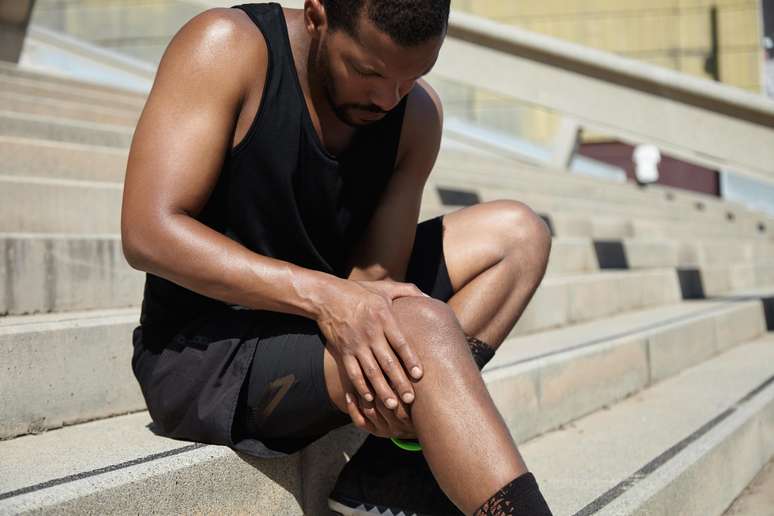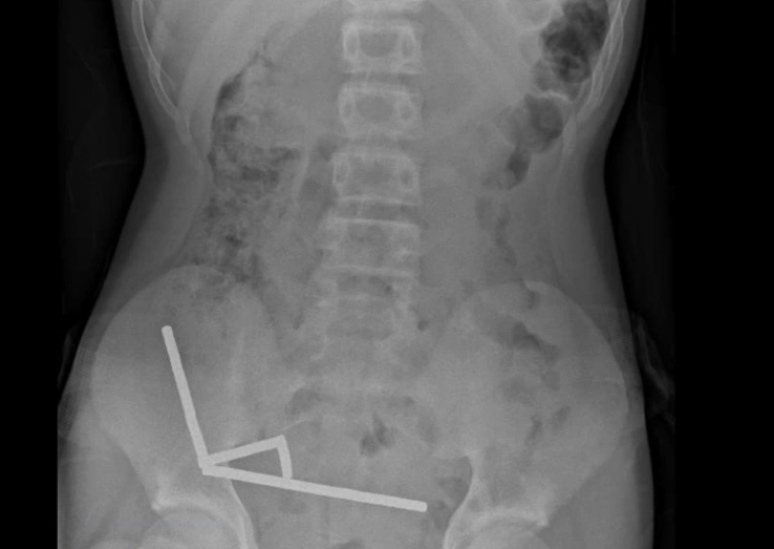Those who have a habit of exercising know that it is not uncommon to suffer knee injuries. You can, however, reduce the chances of this happening
Those who train regularly know that practicing physical activity makes the difference in reducing the risk of suffering knee injuriesas this is a very common problem for those who have a habit of exercising.
html[data-range=”xlarge”] figure image img.img-68e58669395f5e5db1bfe3819b53aea6zxjux66w { width: 774px; height: 516px; }HTML[data-range=”large”] figure image img.img-68e58669395f5e5db1bfe3819b53aea6zxjux66w { width: 548px; height: 365px; }HTML[data-range=”small”] image figure img.img-68e58669395f5e5db1bfe3819b53aea6zxjux66w, html[data-range=”medium”] figure image img.img-68e58669395f5e5db1bfe3819b53aea6zxjux66w { width: 564px; height: 376px; }
According to Marcos Cortelazo, orthopedic specialist in knee and sports traumatology, from São Paulo, exercises benefit this region of the body in three fundamental ways.
“They help maintain body weight, strengthen muscles, exerting a protective effect on joints through improved biomechanical and skeletal support performance, and activate the circulation of synovial fluid, which nourishes the cartilage through the soaking process,” he points out. .
According to the professional, the knee is one of the largest and most complex joints in our body. And because it’s a joint responsible for supporting the body and is in high demand during movement, it ends up being very prone to injury during physical activities.
For this reason it is essential to take some precautions before and during training to avoid possible problems during exercise. Next, Cortelazo points out what they are.
seek professional guidance
The first step before starting training is to look for a physical educator who, after an evaluation, will be able to guide you on the type of physical activity that best suits your goals, as well as monitor your performance and correct any execution errors.
“Practicing physical activity without proper professional monitoring can lead to overloading, excessive repetitions and incorrect execution of exercises, which are among the main causes of knee injuries,” says the doctor.
She advises that, if you already feel pain in your knee, that you also see an orthopedic surgeon for an evaluation and to see what types of exercises you are capable of doing.
Warm up properly to avoid knee injuries
No matter what type of activity you engage in, warming up your body is a vital step not just for your knee, but for your entire body, from your joints to organs like your heart.
“Beginning exercising with your muscles and joints still stiff can lead to injury,” warns Cortelazo.
It’s also worth remembering that, contrary to what many people think, stretching and warming up are not the same thing, even though both must be done before exercise.
“Stretching helps to increase the flexibility of the muscles and the width of the knee joint, which helps to reduce the load and pressure on the knees and, consequently, the risk of injury,” explains the doctor, emphasizing that it should be done after heating.
Invest in strengthening exercises
This is a practice that should be adopted by everyone, as it greatly helps in the prevention of knee injuries.
“The knee depends on the action of ten muscles to function: quadriceps femoris (vastus medialis, vastus intermedius, vastus lateralis, and rectus femoris), hamstrings (semitendinosus, semimembranosus, and biceps femoris), tensor fascia latae, and gastrocnemius (gastrocnemius medial and lateral gastrocnemius ). ). With that, stretching and strengthening all of them improves the knee joint function,” says the doctor.
“Moreover, this also helps maintain stability during movement, as well as reduce the load on the joint. So, if the muscles in the region are weak, locomotion is impaired and the joint becomes more prone to wear and tear and damage.” “, business suit.
For this reason, muscle-strengthening exercises become an indispensable part of training, as the stronger the muscles, the more protected the joints will be.
Wearing the right footwear also helps prevent knee injuries.
The type of athletic shoes you wear while exercising can also affect the health of your knees.
“The shoe must offer stability, have an adequate fit for your foot and, of course, be comfortable. In addition, the shoe you choose must be suitable for your type of step and the physical activity you will practice,” says the professional .
“Those who walk or run, for example, should choose specific shoes that have a good cushioning system to reduce the impact of contact with the ground on the joints”, he exemplifies, underlining that, when in doubt about the ideal shoe, the best option is to seek advice from an orthopedic surgeon.
Pay attention to your body’s signals
Finally, Marcos Cortelazo says that when you feel pain in your knee during movement, you should stop exercising and pay attention to the evolution of this discomfort.
“Usually, pains that occur during or after exercise and go away on their own tend not to be serious. These are usually post-exertional pains. However, those that do not regress spontaneously are a warning sign,” Lui points out.
“In these cases it is essential not to try to continue the practice and to seek an orthopedist as soon as possible to undergo an evaluation and receive the appropriate diagnosis and treatment,” he concludes.
Source: Terra
Ben Stock is a lifestyle journalist and author at Gossipify. He writes about topics such as health, wellness, travel, food and home decor. He provides practical advice and inspiration to improve well-being, keeps readers up to date with latest lifestyle news and trends, known for his engaging writing style, in-depth analysis and unique perspectives.





![Un Si Grand Soleil Preview: Episode Summary for Tuesday, October 28, 2025 [SPOILERS] Un Si Grand Soleil Preview: Episode Summary for Tuesday, October 28, 2025 [SPOILERS]](https://fr.web.img2.acsta.net/img/cb/ba/cbba991ec6092b42c6fe91c18f33c426.jpg)


